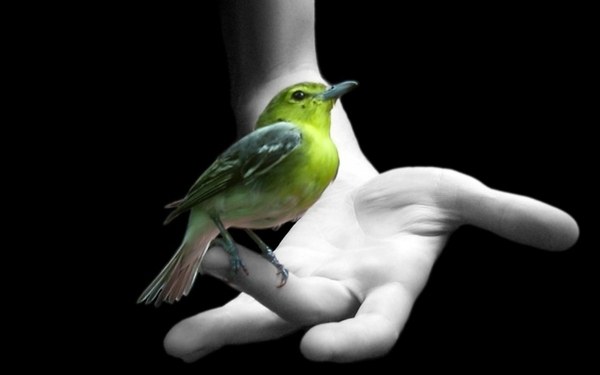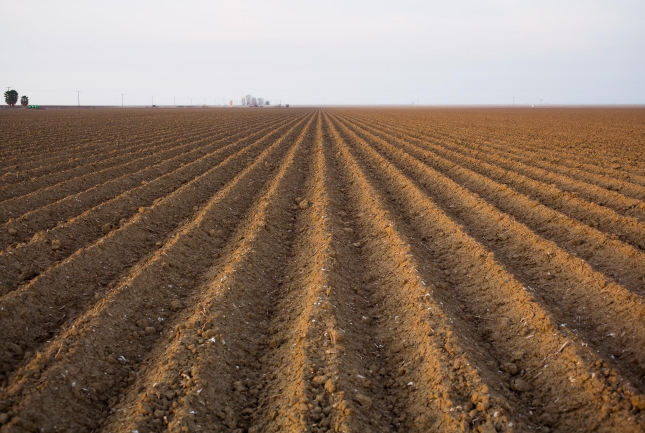
Why Birds Matter...
If you are visiting our website, there is a pretty good chance you love birds. However, not everyone does. Farmers, and even home gardeners, often complain about losses of fruits and vegetables; homeowners can be angered by persistent woodpeckers who might make holes in their siding or drum against window frames and flashing to attract a mate, or by starlings who mess up their decks and patio furniture with their droppings. Koi owners may cry 'fowl' when herons go fishing in their ponds, and city parks and waterways can become unsafe for people to use due to goose droppings.
In spite of the aforementioned, birds still hold a particular fascination for human beings. We feel an admiration for the freedom of flight birds have. We marvel at their fascinating colors and melodic songs. We who feed "our" birds see them almost as pets. We look forward to seasonal migrations of Goldfinches, Hummingbirds, Dark-eyed Juncos and others. Birds can be therapeutic when we are grieving or depressed. We associate doves with God and Cardinals with the spirits of loved ones who have passed on before us.
So, with all that being said, how many birds do you see in your backyard each day? 10? 20? 50? 100? Would it surprise you to learn that the number of birds in North America has been cut essentially in half since the 1960's? Half. Yes. Half. If you saw twenty birds today, in 1965 you might have seen forty birds in the same space and time. Don't believe it? Check out these important video resources: "Plight of the Grassland Birds", "The Messenger" (trailer), and "Saving Songbirds." In the most recent published study in Science magazine, it is estimates that we have lost approximately 30% of our birds in the US and Canada since 1970. In addition, there are numerous studies and other written reports to back up the claims made in these documentaries. Read the latest published "State of the Birds" reports here.
If you've watched the videos linked above, you understand that the problems birds face today are not simple ones. No one factor is solely responsible for the decline in bird populations. Habitat loss - the generic term associated with changing, unbalanced ecosystems - takes on many forms ranging from climate change and deforestation, to loss of food sources. Additional factors such as window strikes and light pollution add to the environmental gauntlet we have created for the birds.

Sure...we can all get behind halting the extinction of the California Condor, the Pacific Northwest's Spotted Owl, or our National Symbol, the Bald Eagle, but why is it important to save a few Field Sparrows or Blue Jays? Well, birds play vital roles in the balance of our ecosystem: from controlling insects and disease, to pollinating agricultural crops. In other words, we as human beings need birds to survive long-term. But the bigger question is "how?" How do we make a difference.
Most of us do not consider ourselves "activists" in the usual sign-toting, marching-on-city-hall sense of the word. Likewise, most of us are wary that writing letters to our representatives just falls upon deaf ears as votes are traded and compromised in our legislatures. But, it is my strong opinion that we can make a difference in several small ways.
First, let change begin at home. Plant native instead of non-native plants, flowers, trees, etc. Stop using pesticides and herbicides in your yard, and encourage your neighbors to do the same. Ask municipalities to not spray pesticides in your neighborhood. Keep cats inside to help reduce the number of birds needlessly preyed upon. Use available products on windows to help reduce the fatalities and traumatic injuries birds receive from running headlong into reflective, energy-saving windows.
Second, build habitat. It may seem like a small thing, but the introduction of wooden nesting boxes to fence rows beginning in the 1960's helped bring the Eastern Bluebird population back from a significant decline. Likewise, Purple Martin houses put up by people helped bring this beneficial, insectivore species back from the brink. It doesn't take much. Just adding a bird feeder or bird house to your yard and maintaining it in a clean manner can help birds survive that might not otherwise make it, thereby allowing more birds to nest and breed successfully.
 Third, and what I think is probably most important, vote! I don't mean at the polls, which is very important, of course, but with your dollars. Let's face it, if a farmer is faced with a choice of saving a few birds or feeding his/her family, they are going to choose their family. However, by purchasing organic and bird-safe products , you are telling producers what is important to you. It's all simple economics - as demands for organic and eco-friendly products rise, industry will respond.
Third, and what I think is probably most important, vote! I don't mean at the polls, which is very important, of course, but with your dollars. Let's face it, if a farmer is faced with a choice of saving a few birds or feeding his/her family, they are going to choose their family. However, by purchasing organic and bird-safe products , you are telling producers what is important to you. It's all simple economics - as demands for organic and eco-friendly products rise, industry will respond.
It's up to us folks. We, as a whole, have created many of the ecological challenges we face, including a sharp decline in the bird population in the past fifty years. But the prognosis is good. Time and time again we have proven that, if we act fast enough and decisively enough, we can reverse much of the damage that has been done. So let's get to work!
John
To learn more about what you can do, tune in to our WBU Nature Centered Podcasts


